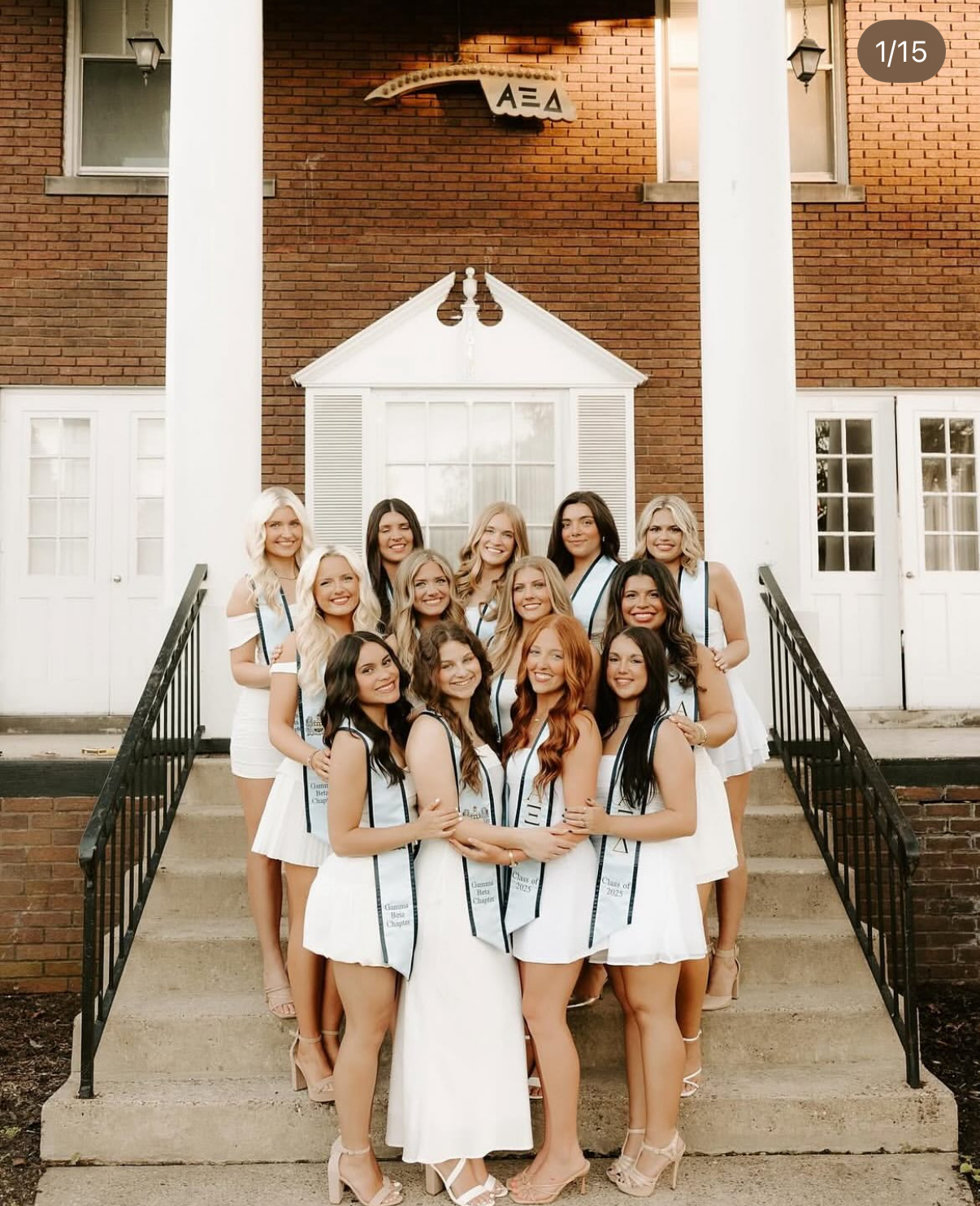
The deadline to submit applications is Sunday, February 1 at 11:59 p.m. Pacific Time.
Read MoreDecember 1, 2025 | The deadline to submit applications is Sunday, February 1 at 11:59 p.m. Pacific Time.
October 27, 2025 | Letters of Love is Alpha Xi Delta’s annual national fundraising and awareness campaign, held each November, that...
September 3, 2025 | The Slaymaker Kinsey Award recognizes the initiated member(s) from each chapter with the highest cumulative GPA ...
June 24, 2025 | In publishing and graphic design, Lorem ipsum is a placeholder text commonly used to demonstrate the visual form...